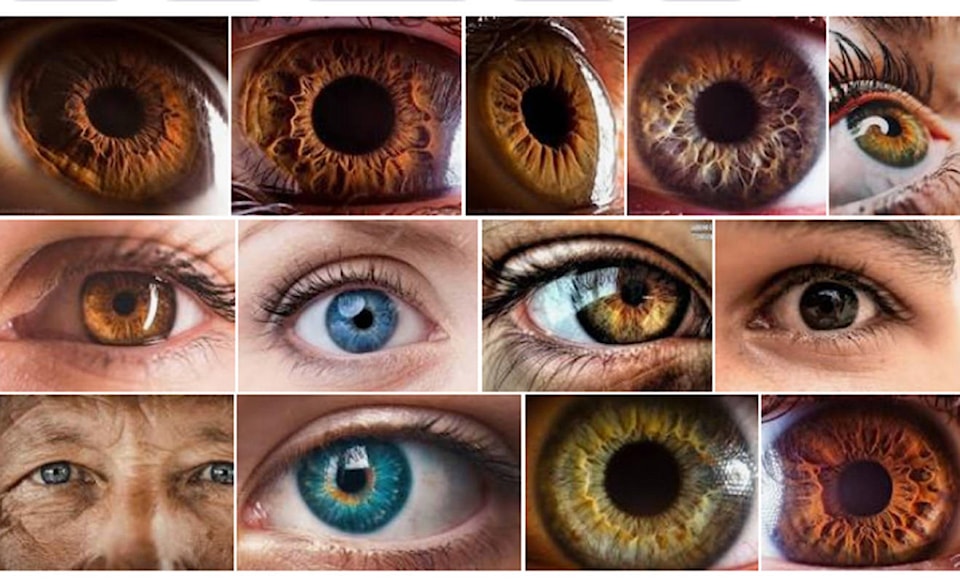Most of us now understand that the face mask is here to stay.
Perhaps the obligation to wear one in public places will not be a permanent part of our future, but we’re already feeling more comfortable wearing them. And as we come to recognize the public health benefits of wearing them, face masks will become commonplace.
You read it here first.
The masks themselves are more more comfortable to wear, and designers are rushing to create beautiful designs.
I can see the fashion future, and it is this: That face masks will come to be included among our couture considerations; an accent to complement to our over-all “look;” a fashionable finishing touch, like a hat. The face mask may have its origins in a public health crisis, but it will evolve into an important wardrobe accessory.
We must stop to consider how this new wardrobe era will affect us socially, for like all the best fashion, the evolution of our clothing contributes to the evolution of our behaviour.
Just think, the vast majority of people we now encounter in our day-to-day lives are masked. Only our eyes are visible to each other. And so we are starting to learn to communicate on a whole new level — by reading the language of eyes alone.
We must read so much more into a glance than we used to. But we are already doing this in the short time we’ve all been masked. We can no longer see the scowls, or the smiles, or the set of the facial muscles to determine a mood, or a response to what we’re saying or doing.
And we’re not talking with our hands as much either. The mask wearing has subtly altered our body language — the way we stand, our posture, our gait — even the way we nod or shake our heads. It’s true.
And in a way, communication has become more precarious, because so much more now depends on eye contact.That’s why, when I slap on a pair of dark glasses over my mask, whether I realize it or not, I am sending a message that I am not to be communicated with. You cannot see the invitation to do so in my eyes. And if I’m wearing one of my broad-brimmed hats, the message is even stronger. I become even harder to approach.
Eye contact is tricky at the best of times — or it used to be. In normal conversation, we seldom make long, drawn-out eye contact with the people we’re talking with. To fix and hold eye contact, either intentionally or by a quirk of behaviour, is intimidating, and aggressive. A challenge to our interlocutors. Or else, it means a heightened, very personal intimacy, like a trait that lovers share between them. More than the average person would feel comfortable with in talking to an acquaintance on the street.
And yet, the eyes can reveal thoughts and emotions better that all body language signals. This is because they placed in a strong focal position on the body. And because the pupils in the eyes respond unconsciously to stimuli, so they cannot be artificially controlled or manipulated. The position of the eyes, the direction of the gaze — up, down, lateral, sideways — can reveal so much about a person’s thoughts and feelings — not to mention all the intangibles there in the depths of our gleaming baby blues.
And now, because of the restrictions placed on us by the pandemic, our eyes are what give us access to each other. No longer is it rude to stare — now we must gaze into each other’s eyes to pick up on the social cues, to see how our messages are being received. To see how we are being received.
It’s just as if the deprivation of one set of senses — in this case the social signals and silent communications that are now hidden by the face mask — is resulting in the heightened awareness on another set of senses — our ability to read the language of eyes.
How much more subtle, yet more profound, than our normal way of flapping our gums at each other, and yak-yak-yaketty-yak, and words words words, and waving our hands around as if we’ve just been stung.
But, as mentioned, we are not in the habit of looking directly into each others’ eyes for long periods of time. But that’s changing. See if you can catch yourself, when you stop to talk to an acquaintance in Save-On. Observe how the colours shift and ebb within the eyes, how they reflect and refract the light. You can see the reflection of your own eyes in theirs— think of how that image is being transferred right to their brain. That image of your eyes is currently being processed in their mind, where there is so much waiting that they have to say.
This will be the new normal. A highly evolved mode of communication that will lift us as a society to a kinder, calmer, more empathetic level.
Are you still insisting that is is your “right” not to wear a mask? Would you rather communicate by waving your fist in the air, by shouting, or by shoving a placard around? Come on, get in the game here! Think of what you’re missing. Blue, green, grey, brown, hazel, amber … brimming with wisdom, emotion, and information to share. The brave new beautiful world of the language of eyes.
And as our glances turn into gazes, the designs of the masks are only getting more and more stylin’!
Barry Coulter is editor of the Cranbrook Townsman.
